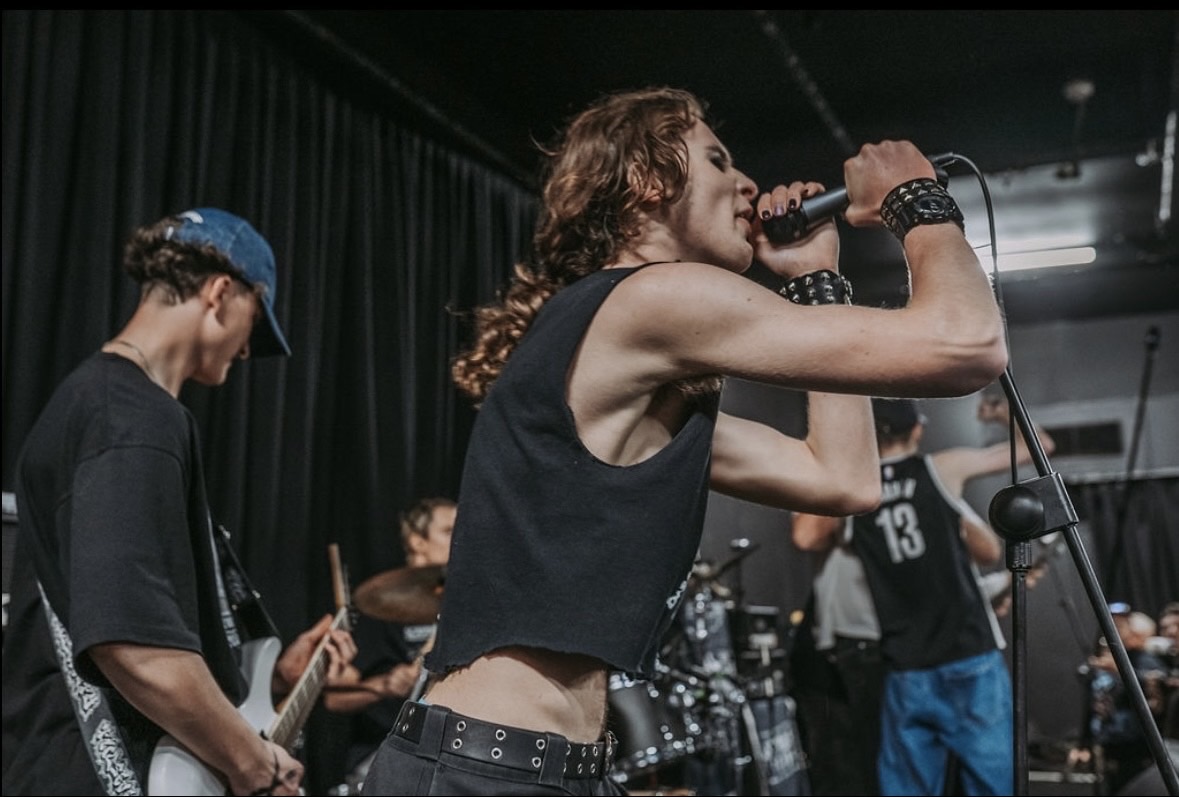In 1962, American astronaut John Glenn dubbed Perth ‘the city of light’. But today, Perth’s CBD is akin to a neon light. There’s flashy casing on the outside and electrodes powering it up at each end, but the inside is an empty space filled with gas. The lights may be on, but no one is home.
In and around Perth’s city centre, businesses and iconic buildings that once made the city buzz are closing their doors and emptying out.
Piccadilly Theatre was once a cultural hub. Now it’s an empty husk, sitting in development limbo after closing in 2013. As the immovable object of the run-down heritage building meets the unstoppable force of high rents and redevelopment costs, Piccadilly Theatre is stuck without purpose.

Carillon City in the heart of Perth’s CBD used to be a pleasure to lose oneself in. From dodging lines of children getting slushies in the food court to going up and down the spiral staircase or reaching the top floor for some pancakes, Carillon City was a hub for families and shoppers alike.
Now Carillon City is a barren thoroughfare.
After facing pressures from the Covid pandemic lockdowns and plans of demolition from then-owners Dexus, most shops at Carillon were forced to close at the end of 2021. The arcade has since been bought by Andrew Forrest’s family investment firm Tattarang for $80 million dollars, but it remains unused except for a recent exhibit for Perth Festival called ‘Wetland’. Its central theme: the arcade’s abandonment.
Today the arcade has an eerie quality about it. Walking through the empty corridors creates a sense of intrusion, as if the arcade is sleeping and you have to hold your breath to not disturb it.

Kamila Soh is a heritage consultant based in Sydney who has a master’s degree in architecture, as well as a master’s in philosophy. She says buildings are meant to be inhabited.
“The life of a building comes from seeing people there. Seeing unused buildings gives you this sense of loss, of something not being fulfilled or something missing and it can be kind of creepy,” she says
“If those buildings aren’t inhabited and aren’t being used then perhaps it was a remnant of the past and it brings the question of how relevant that it is for our society nowadays.” A contributing factor is that fewer people are visiting the city, with the rise of online shopping.
A recent report from AusPost revealed that in 2023, Australians spent $63.6 billion dollars online with Western Australia having the highest growth in online shopping habits, spending 5.1 per cent more on online shopping in 2023 compared to the previous year.

Shoppers are also opting to visit dedicated shopping centres in the suburbs instead of going into the city. Information from smartphone GPS signals reveals that Westfield Carousel had a wider spread of foot traffic throughout the week than Forrest Chase, which only had a spike on Friday nights.


The State Government is working on multiple approaches to bring people in to the city, the biggest being the development of the $853 million dollar ECU City Campus, expected to open in 2026.
In a recent media statement, WA Planning Minister John Carey says, “We’re undertaking a huge number of projects to drive renewal in our city, to make it a better place to live, work and play.”
Carey lists the redevelopment of Yagan Square, the renewal of His Majesty’s Theatre and the planned renewal of the Perth Concert Hall among the efforts to revitalise the city. Underpinning these plans is a recognition that revitalisation is needed.
One group of people who hasn’t left the city is Perth’s homeless community. To them the CBD remains a safe space, one that is well lit and surrounded by amenities.
City-dweller Rob Yarran has been getting by on the goodwill of strangers.

But things have changed for him too. Rob no longer asks passers-by for cash, but asks if they can help get him necessities, such as a meal from 7-11 or some pants from Kmart. It’s a harder request to make, asking people to take more time out of their day than simply pulling five dollars out from their wallets.
“It’s a cashless society,” Rob says.
The emptying out of once popular places is not limited to just the CBD. Bankwest has recently announced its closure of all branches in WA, leaving customers who were reliant on their in-person services confused and agitated.
It’s not just banks that are closing either, as health insurance provider HBF has decided to close a third of its branches in WA and traditional newsagents are struggling to keep up with the internet. It’s now a familiar pattern, we simply sit back and wait to see what’s next on the chopping block.

The pandemic led to an unprecedented rise in popularity for food delivery services, as data from Doordash revealed that from 2021 to 2022, the number of Australian customers choosing to order breakfast through the app more than doubled. Many Perth restaurants have placed an emphasis on delivery apps, some going so far as to operate exclusively through apps like Uber Eats.
When streaming giant Netflix entered the mainstream, it began the demise of home video stores such as Blockbuster and Video-Ezy. Listening to music online through Spotify became more appealing than buying a CD from Sanity. There’s been a transition of how we live, moving away from the tangible, towards megabytes floating in the cloud.
With so many services available in the palm of our hand, what’s the point of going out?
Soh says, “I think people need physical institutions because we are made to connect to other people in person.”
She recalls the philosopher Hannah Arendt’s idea of a ‘space of appearance’; a place where other people can be seen and can interact with each other and the idea of the world in common. “These buildings we have are there so that people have something objective to relate to,” she says.
“There always has to be a physical setting in order for people to see each other. And I think that’s why it’s so important to nourish.”





















